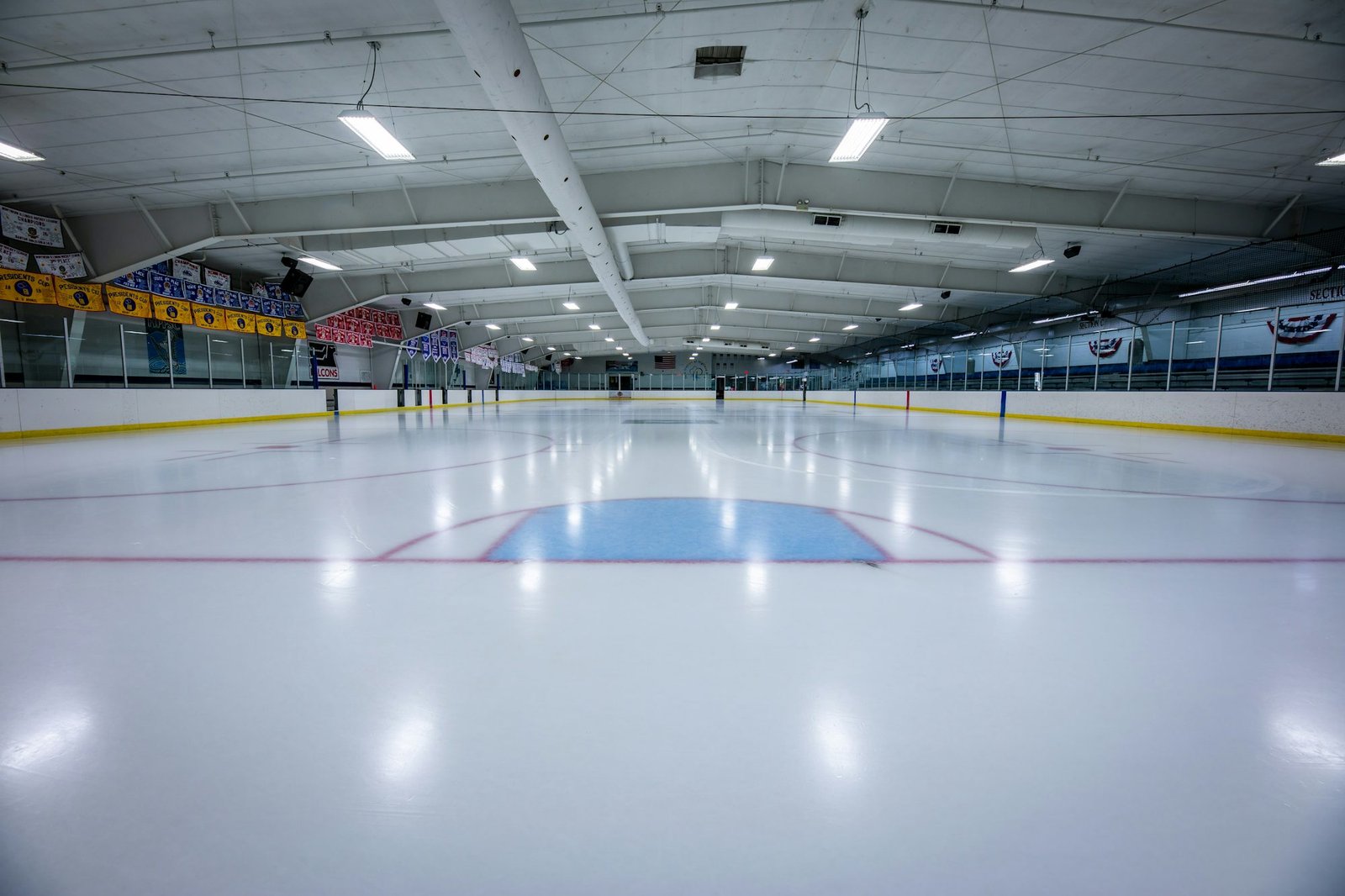
gymtivo.site
This Golf article explores the essential rules Baseball Wrestling Boxing Cricket and Tennis gameplay of hockey, Swimming covering Volleyball scoring, penalties, equipment, Badminton and the roles of officials, providing Football valuable Basketball insights Hockey for fans and players alike.The Playing Surface: Ice vs. Field
Understanding the playing surface is essential for mastering hockey. Ice hockey is played on a rectangular rink that typically measures 200 feet in length and 85 feet in width. The rink is marked with various lines that define specific zones, such as the center circle for face-offs and the blue lines that separate offensive and defensive areas. In contrast, field hockey is played on a pitch that measures 100 yards long and 60 yards wide, featuring a 16-yard circle from which players can score. Familiarity with these dimensions not only helps players navigate their environment effectively but also enhances their strategic approach to the game.
Gameplay Mechanics: Structure and Flow
Both forms of hockey feature two teams competing to score more goals than their opponents. Ice hockey games Baseball consist of three periods, each lasting 20 minutes, while field hockey is typically played in two halves of 35 minutes each. The game clock stops for various interruptions, including goals, penalties, and injuries, adding a layer of strategy to time management. Players utilize their sticks to control the puck in ice hockey or the ball in field hockey, adhering to a set of rules that govern gameplay. Key regulations such as offside, icing, and fouls significantly influence the game’s momentum and outcome. A solid understanding of these rules is crucial for players seeking to excel in their respective disciplines.
Scoring: The Thrill of the Goal
Scoring is one of the most exhilarating aspects of hockey that ignites passion among players and fans. In ice hockey, a goal is awarded when the puck completely crosses the goal line, either during regular play or as a result of a power play following a penalty. In field hockey, players must score from within the shooting circle, necessitating strategic positioning and teamwork. The thrill of scoring highlights the importance of collaboration and skill in creating opportunities to capitalize on defensive lapses.
Penalties: Maintaining Fair Play
Penalties are integral to enforcing order and discipline in hockey games. Different infractions lead to various penalties, which can dramatically alter the dynamics of a match. In ice hockey, minor penalties typically last for two minutes, while major penalties can last five minutes, creating power play situations for the opposing team. Common infractions include tripping, slashing, and interference. In field hockey, a card system is used, where yellow cards result in temporary suspensions and red cards lead to ejections. This enforcement of rules is vital for maintaining the spirit of sportsmanship Cricket and ensuring a level playing field.
Essential Equipment: Safety and Performance
Safety is paramount in hockey, and players must wear specific equipment to protect themselves while enhancing their performance. Ice hockey players are required to wear helmets, shoulder pads, elbow pads, gloves, and shin guards to reduce the risks associated with high-speed collisions and puck impacts. Similarly, field hockey players utilize shin guards and mouthguards to safeguard against injuries. The design and material of sticks also vary based on the type of hockey, with regulations governing their dimensions and performance characteristics. Understanding the equipment requirements is crucial for compliance, ensuring that players can compete safely and effectively.
The Role of Referees and Officials
Referees and officials are essential to the proper functioning of hockey, responsible for enforcing the rules and ensuring fair play. Their duties include calling penalties, conducting face-offs, and making judgment calls on goals and fouls. Effective communication and quick decision-making are vital skills for officials as they navigate the fast-paced environment of hockey, where every moment counts. The presence of knowledgeable referees helps maintain the fairness of the game and encourages players to respect the rules, fostering a competitive spirit that highlights the best aspects of the sport.
Conclusion: Celebrating the Sport of Hockey
In conclusion, a comprehensive understanding of the rules and regulations of hockey enhances the experience for players, coaches, and fans alike. By mastering the essential aspects of gameplay, scoring, and penalties, individuals can deepen their appreciation of this dynamic sport. Hockey is not solely about individual talent; it embodies teamwork, strategy, and a shared passion for the game.
The rules of hockey, encompassing the dimensions of the playing surface, the intricacies of penalties, and the excitement of scoring, form the foundation of a sport that continues to engage audiences around the globe. Whether you are a seasoned player or a newcomer, embracing these principles will enrich your understanding and enjoyment of hockey. With its unique combination of skill, strategy, and excitement, hockey remains a beloved sport that unites players and fans in a celebration of athleticism and competition.